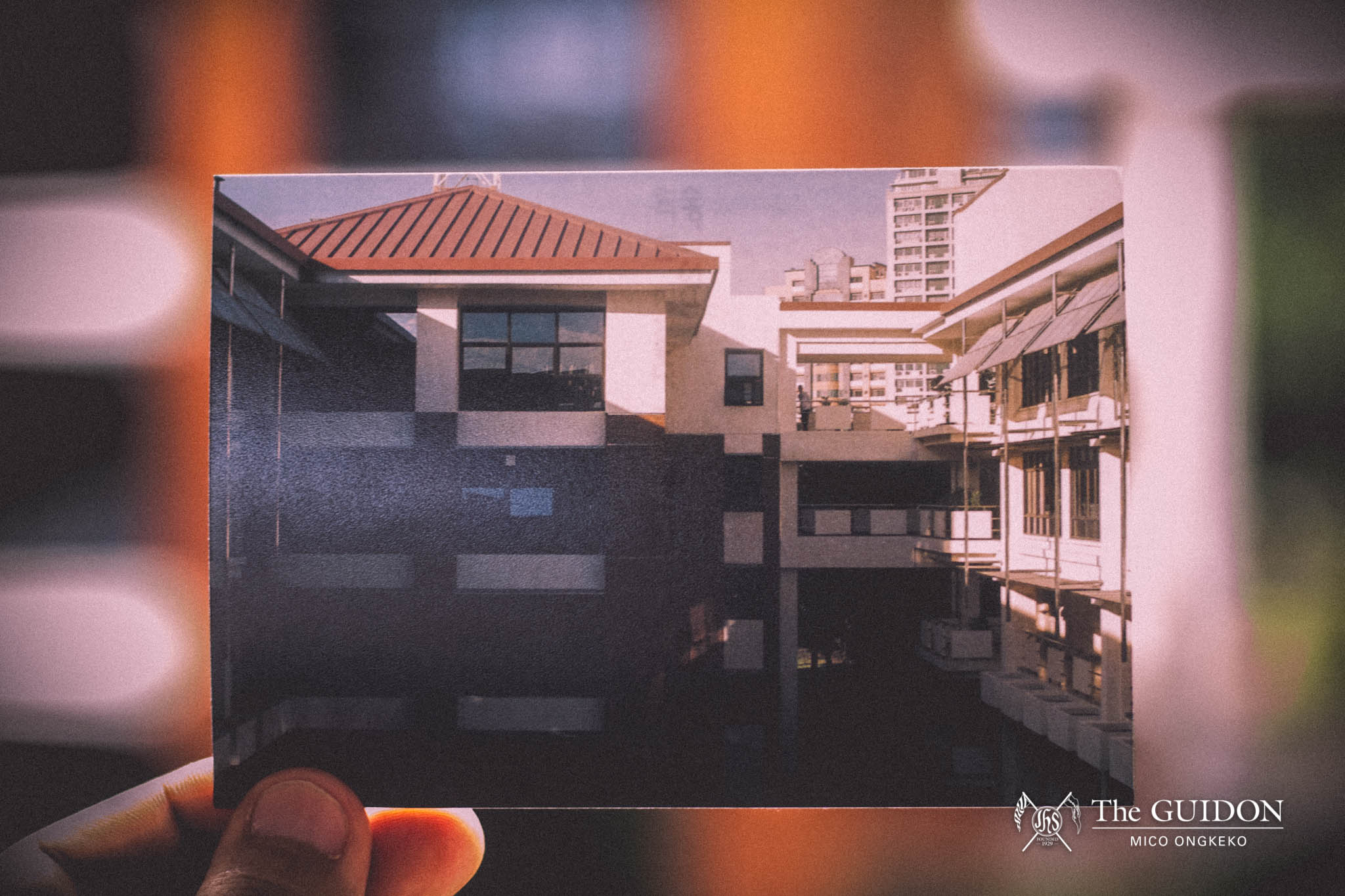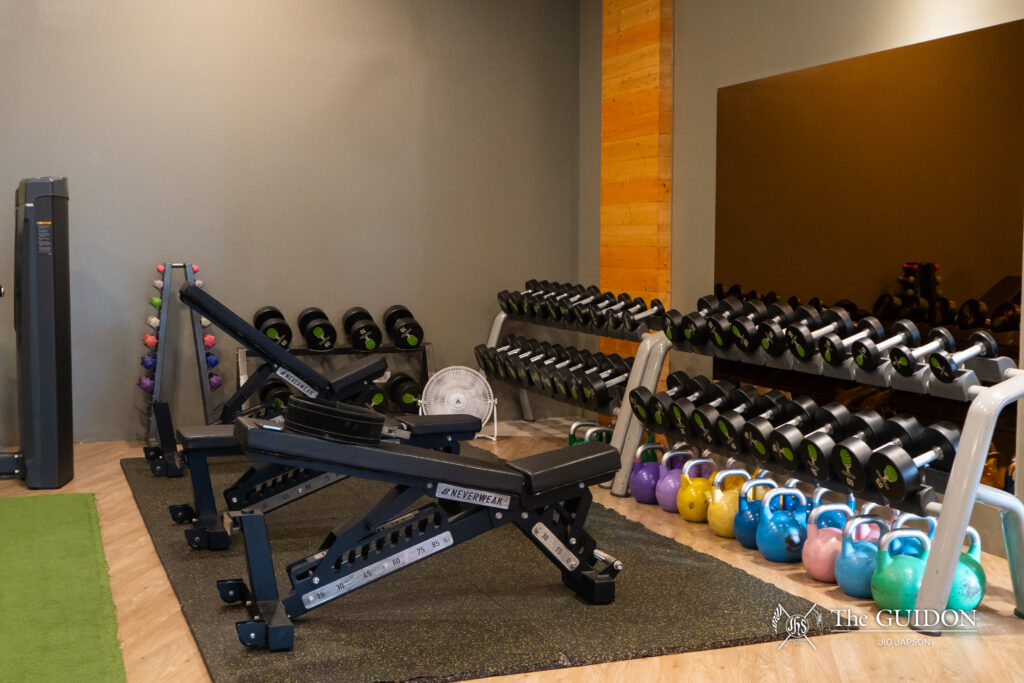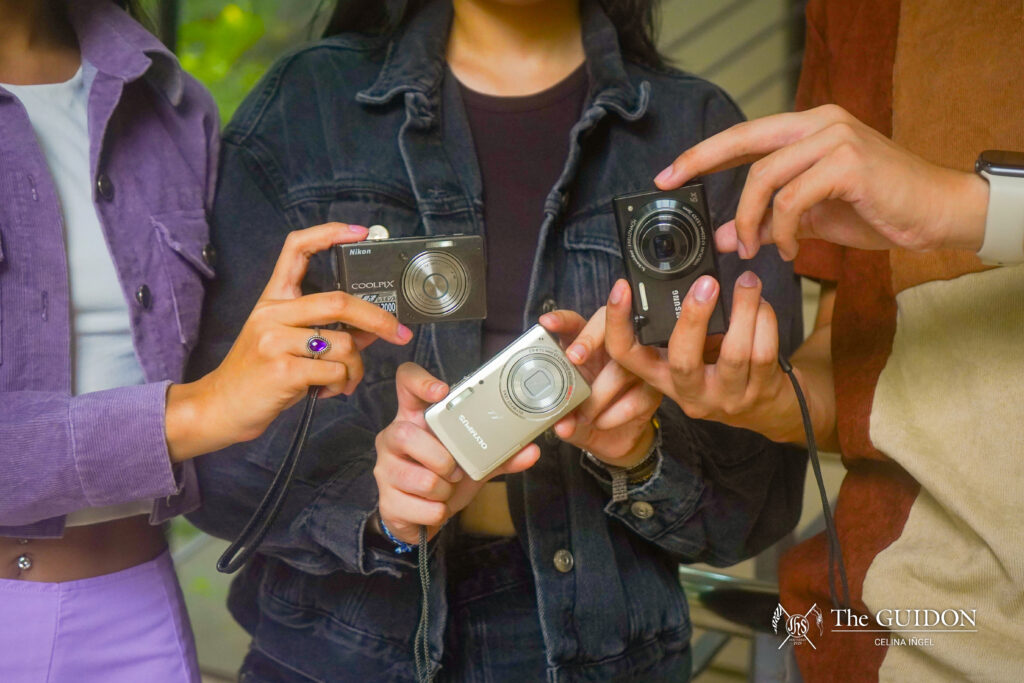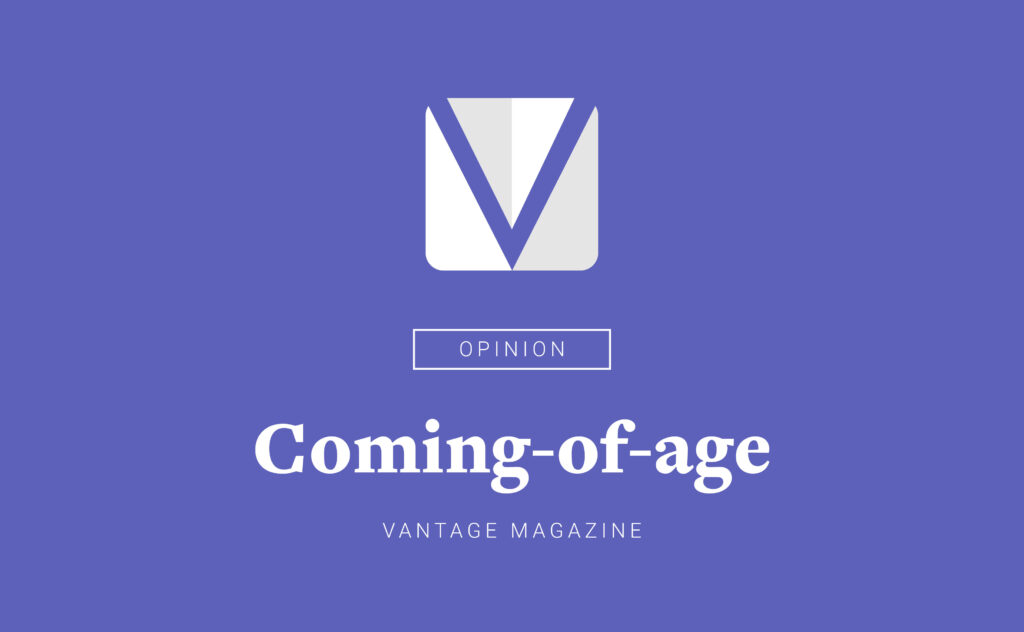Take a look at any of your friends’ social media posts lately and you may see the same thing: Dreamy-hued photographs tinged with light leaks seemingly taken on a film camera. Thanks to analog film apps, such as Gudak and Huji Cam, film photography is making a comeback. Whether it ever disappeared or not, one thing is certain: more people are visibly dabbling into the medium either through its original format or innovations based on it.
Back to basics
Film photography is the process of taking photographs on a camera that uses thin, flexible strips of plastic (film) to capture images. Film rolls must then be developed through chemical means in order to produce the images. In other words, it involves a lengthy process before you can view your pictures. Because of the inherently manual process, developed photographs can be subject to tiny quirks such as light leaks and grain which add a whimsical feel to it.
It had its start in the late 1800s thanks to George Eastman, founder of Kodak, one of the most popular imaging technology brands in history. Over time, film photography has evolved alongside every new technology introduced in the field of photography. Innovations such as 35mm cameras, single-lens reflex cameras (commonly referred to as SLRs), and instant cameras have been instrumental in driving film photography to where it is now.
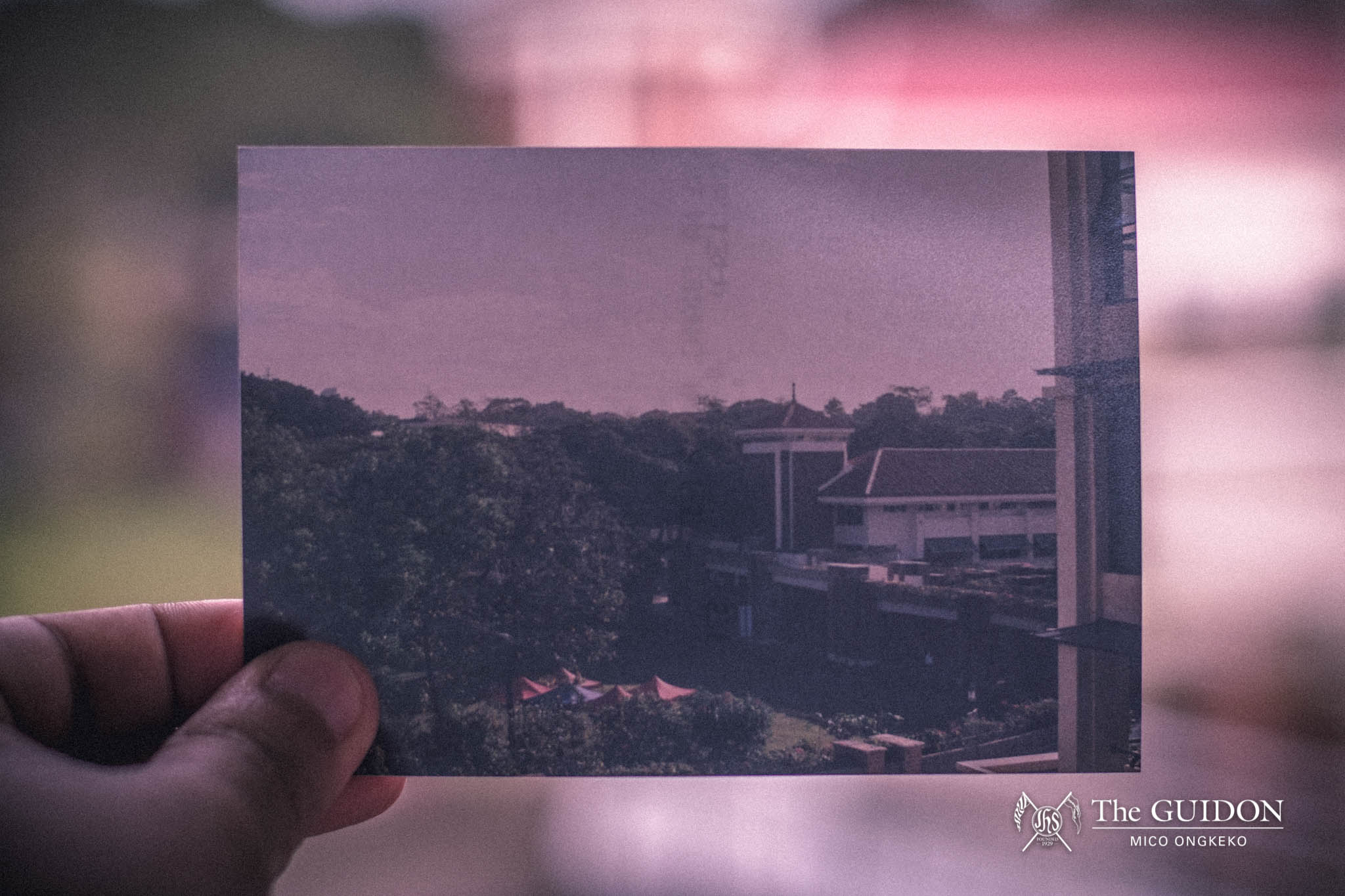
Meanwhile, digital photography uses electronic photodetectors found in digital cameras to capture images. This form has dominated mainstream photography in recent years because of its instant results and portability. Despite this, the film medium continues to be patronized, and arguably even more so than when it was first introduced.
A newfound following
“Film is experiencing a market renaissance, no doubt about it. Local and online sellers of film, cameras and batteries have been thriving,” says Aaron Vicencio, current Visual Journalism Program Coordinator of the Konrad Adenauer Asian Center for Journalism. He considers this era as being “post-photographic.”
“We are inundated with photographs, film and digital, taking digital photos of printed images, and these are shared over and over again on private and public channels,” he says.
Individuals who persist in utilizing film photography can be found within the corners of Ateneo as well, as the medium of film has found favor in many students. Given the abundance of online sellers offering both disposable and reusable film cameras, this does not come as a surprise. May it be for personal or professional use, students are able to use film photography to their advantage as a means of nuancing their photography or as a distinct, more personal way of documenting their lives.
For management sophomore Aya Cabauatan, the suspense, thrill, and anticipation of having a roll developed—not knowing how the shots will turn out—are a few of the reasons why she shoots in film. Meanwhile, for information design sophomore Nikki Go, film has helped her improve her photography skills—making her focus more on the subject, compose shots meticulously, and rely less on post-processing.
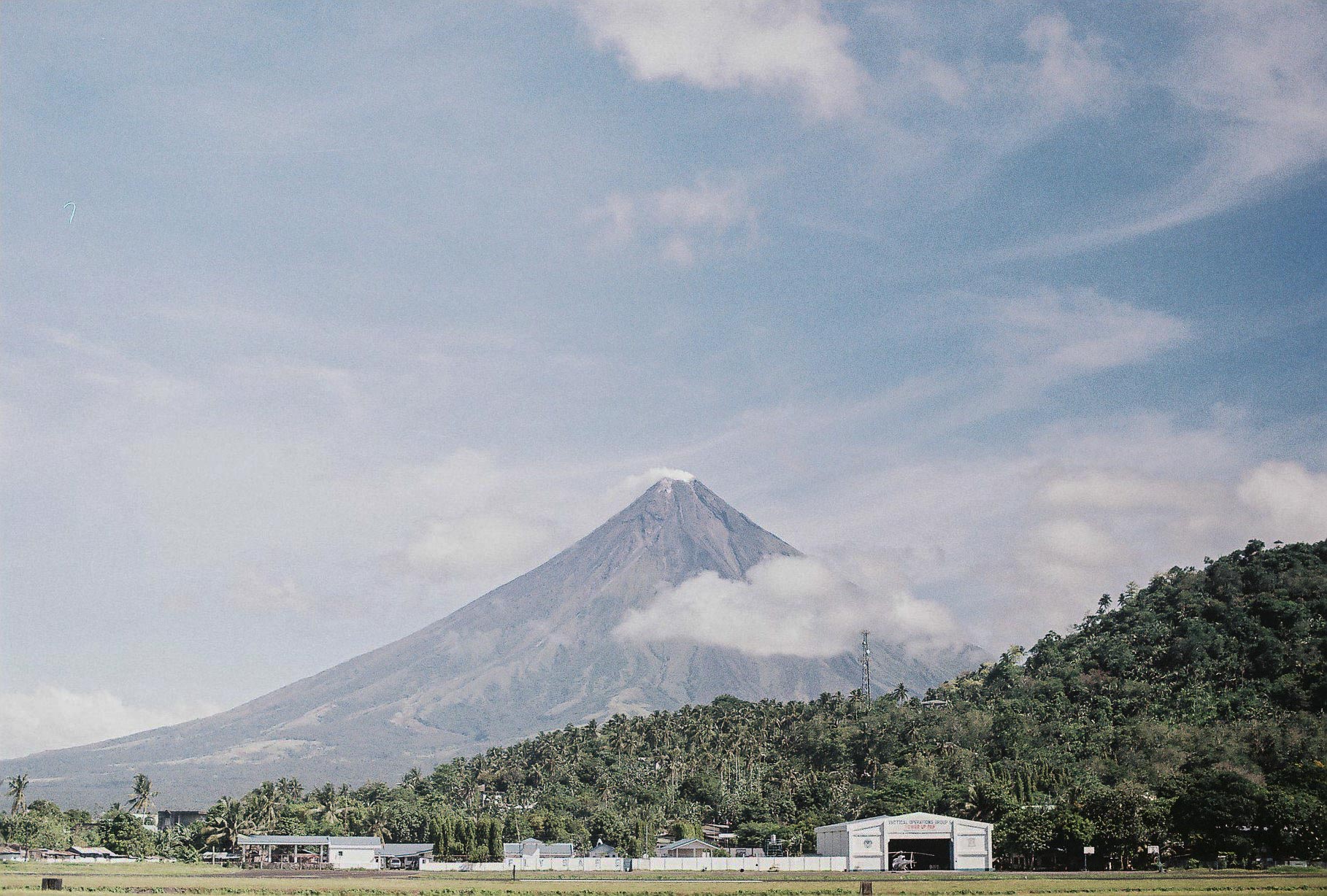
Photo by Aya Cabauatan
Admittedly, there are inherent advantages when shooting digital. However, there are particular qualities in film which digital photography is unable to replicate.
“Film has unique texture; film grain is something digital noise cannot imitate,” says Cabauatan. Apps like Gudak and Huji Cam, though, try to emulate the grain, texture, and noise that are characteristic of film. “The effects are pretty oversaturated and light leaks actually come from exposing your film so both are not always the case when you actually shoot in film,” says Go.
Both apps are inspired by disposable cameras with their interface and features. Gudak is more faithful to the actual process as the user has to wait for three days to “develop” or see all the photos they have taken.
While they are a whole lot more convenient than lugging around film cameras, these apps incline people to dismiss film photography as just an “aesthetic.” Vicencio wants more people to see the medium’s depth–it teaches the photographer to value each shot.
“It teaches you how to talk to your subject. You build rapport, you interact with your subject,” he says. The discipline that comes with the medium is something that these apps do not really focus on. “Film photography is more than its fetishized imperfections.”
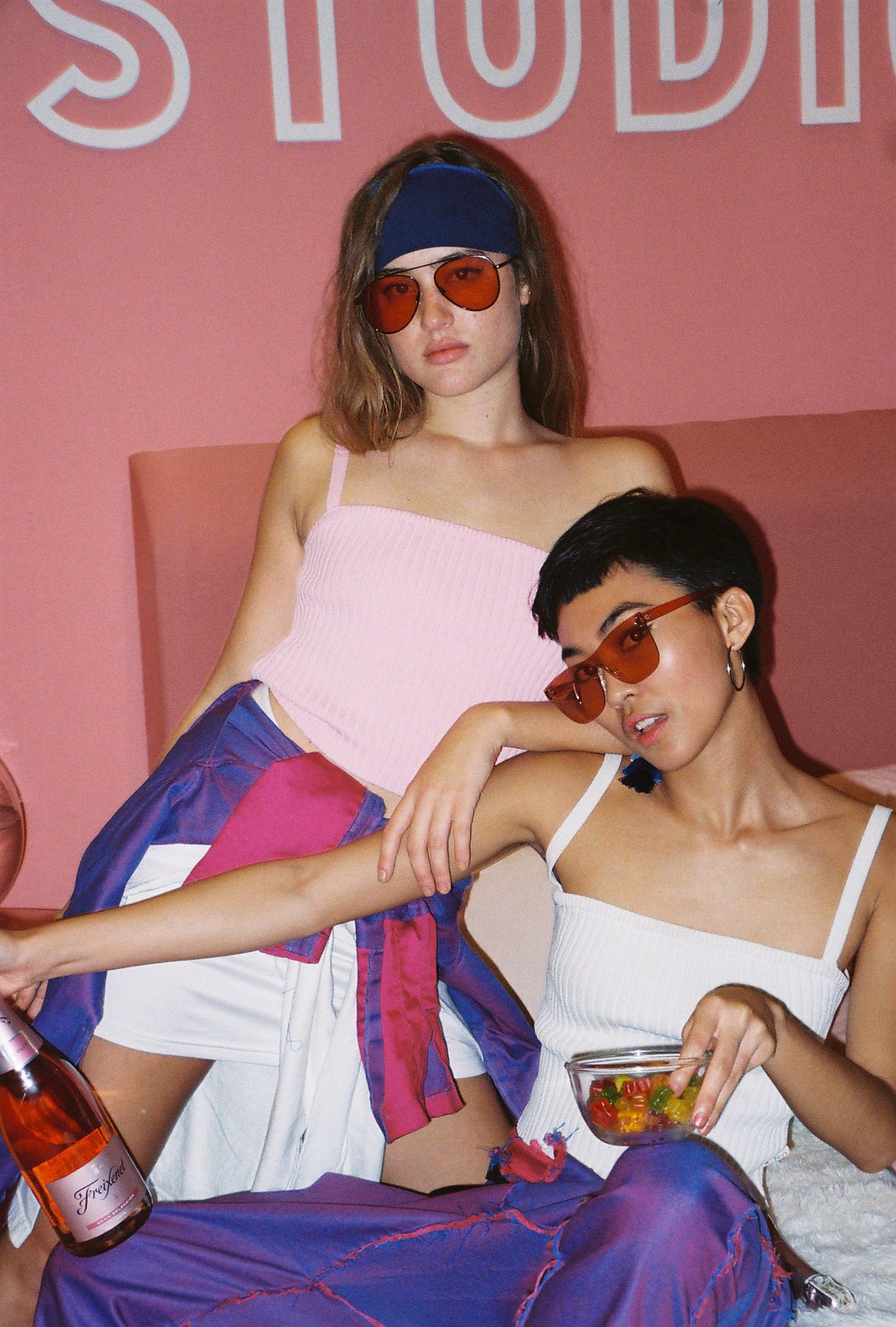
Photo by Aya Cabauatan
The bigger picture
That being said, analog film apps do contribute to the field of photography. They allow individuals to showcase their photography by sharing their shots online. The apps inspire them to experiment with the medium and have made more people interested in buying film cameras, whether disposable or point-and-shoot ones, to try out the real thing. Most of all, they are fun. These apps offer something unique from your normal phone camera settings and Instagram filters.
Despite the variance in how photographs are created, either shot on a film camera or processed through an analog film app, one cannot help but reach an important realization. Thanks to these apps, the greater visibility which film photography currently enjoys helps in the longevity and flourishing of the craft, and ultimately, photography as a whole.
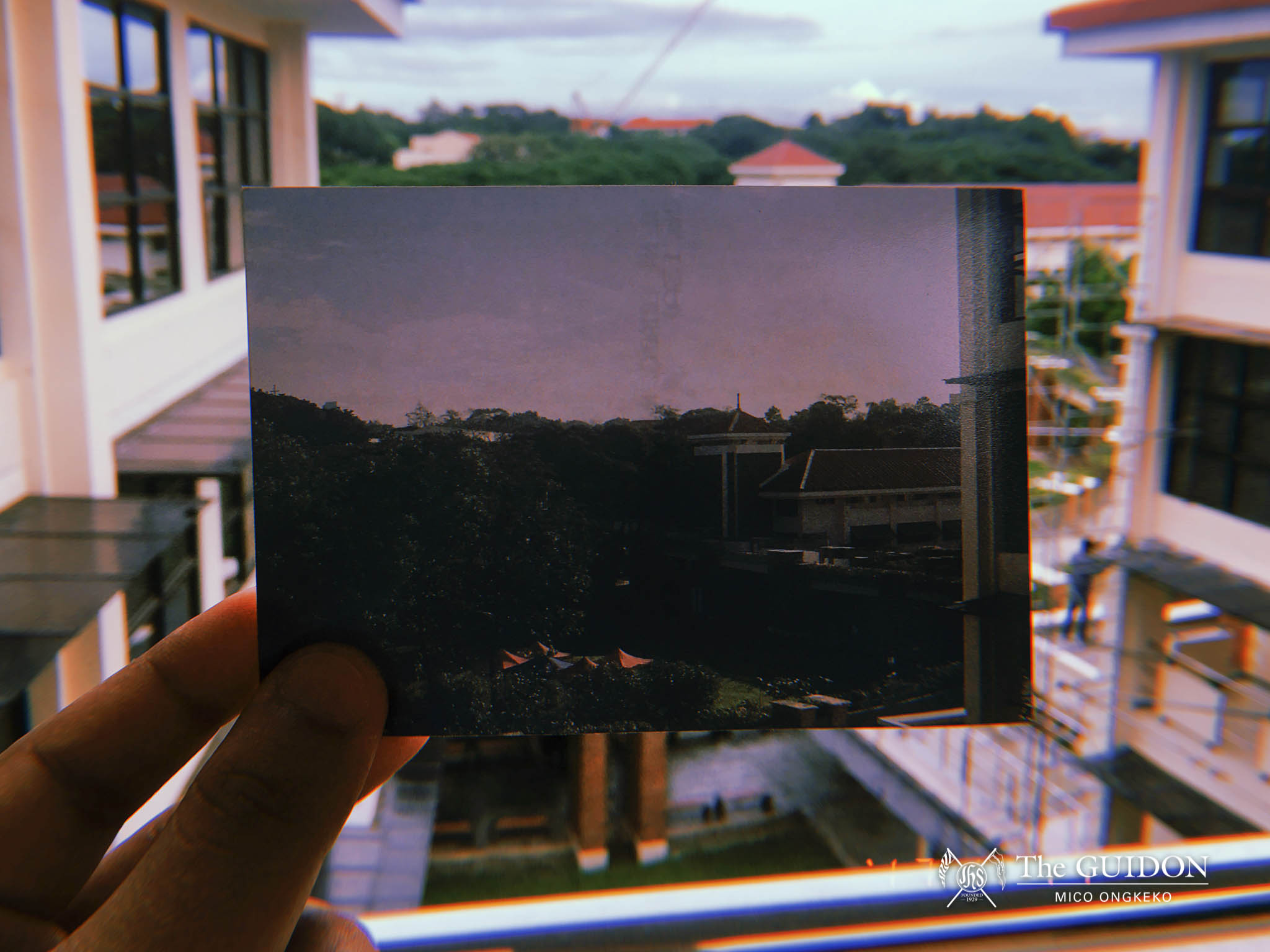
Photos by Mico Ongkeko and Aya Cabauatan


